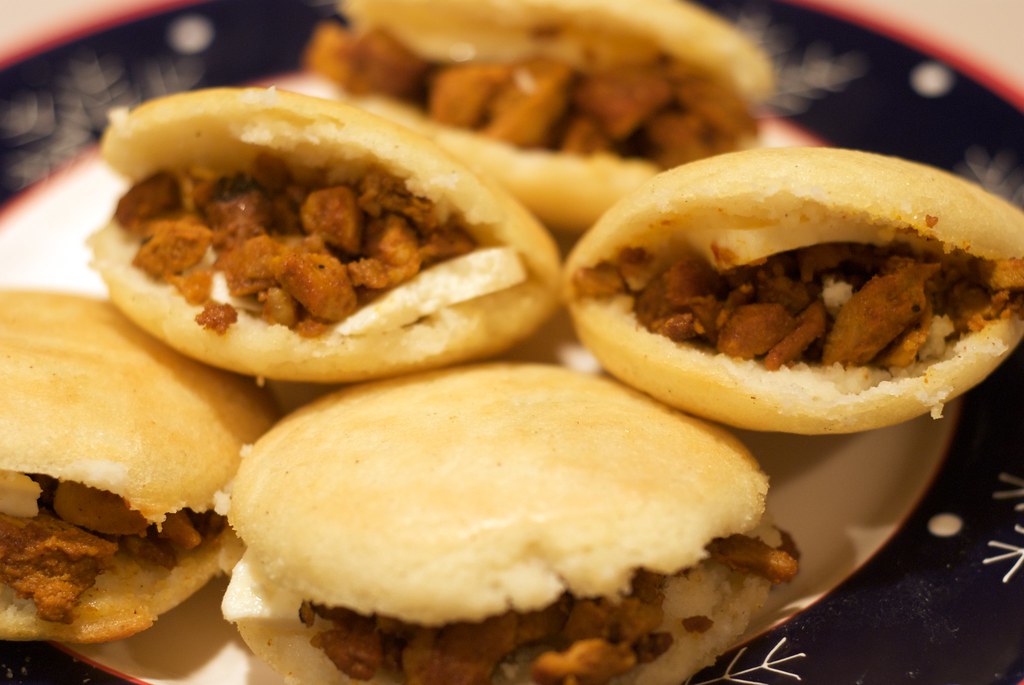Arepas: The heart of Latin American soul food

Arepas, the versatile cornmeal cakes that have become a symbol of Latin American cuisine, embody a tradition that spans centuries. These round flatbreads made from pre-cooked corn flour are a testament to the enduring legacy of indigenous culinary practices and their fusion with European and African influences. Originating from the indigenous peoples of what is now Venezuela and Colombia, arepas have evolved from a local staple to a global phenomenon.
The history of arepas dates back to the pre-Columbian era, where they were a dietary mainstay of the Timoto-Cuicas, an indigenous tribe in the Andean region of Venezuela. Traditionally, arepas were made from ground maize kernels, soaked, peeled and then cooked to form a dough called masarepa, which was then shaped and grilled. This ancient method reflected the indigenous peoples’ reverence for maize, a crop that was not only a food source but a spiritual symbol.
With the arrival of Spanish colonisers and the introduction of African slaves, the arepa underwent transformations that mirrored the cultural and social shifts in the region. The introduction of European ingredients and African culinary techniques contributed to the evolution of the arepa, making it a fusion dish.
Today, arepas are a staple in Venezuelan and Colombian cuisines, with each country boasting its own variations that reflect regional tastes and ingredients. In Venezuela, arepas are often split open and stuffed with a variety of fillings, ranging from cheese, meats and beans to avocado and plantains, serving as a meal at any time of the day. Colombian arepas tend to be thinner, with cheese mixed into the dough or topped with butter and salt, enjoyed as a side dish or snack.
The global spread of arepas speaks to the diaspora of Latin American communities, who have brought their culinary traditions to new environments. Around the world, arepas are now celebrated for their gluten-free nature and adaptability, appealing to a broad audience interested in exploring international cuisines. This has led to a renaissance of sorts, with arepas being embraced by gourmet chefs and food enthusiasts alike, keen on experimenting with traditional recipes and contemporary flavours.
As arepas continue to gain popularity beyond their homeland, they serve as a delicious testament to the power of food to tell stories, connect cultures and celebrate shared human experiences. From street vendors in Caracas and Bogotá to upscale restaurants in New York and Paris, arepas are a bridge between worlds, offering a taste of Latin American soul food to all who partake in their warm, comforting embrace.
